|
April began cold and snowy but quickly warmed up. The colt's foot and hepatica blooming in the first few days of the month. Soon after, with the abundant sunshine and warmer temperatures the grasses turned bright green, the trees began flowering, and the first of the spring wildflowers emerged from their winter slumber. Mid month we had blooming hepatica, spring beauties, bloodroot, plantain-leaved sedge, and colt's foot; in bud still were dutchman's breeches, large trillium, two leaf toothwort, purple cress, and blue cohosh. Mid-late April, all of those previously in bud opened into full bloom along with violets, dandelion, wild ginger, and trout lily. The maple trees have begun forming their 'helicopters' aka samaras. Late in the month a cold front swings through from the 19th to 22nd. The cold and dark seemed to have complimented the flowers in full bloom, preserving and extending the viewing time! By the end of the month the next round of bloomers are coming into bloom - bluets, kidney leaf buttercup, jack in the pulpit, white violets, rue anemone, pussy toes, creeping Charlie, yellow rocket cress. Just outside of Wayne Co. in neighboring Ashland Co. things progress at a different rate, there you have blooming: common blue violets, spring beauties, blood root, swamp buttercup, yellow violet, purple rue anemone, lesser Celandine, Solomon seal, blue cohosh, cutler toothwort, wild ginger, trout lily, wood anemone, wild phlox, harbinger of spring (still in bloom!), gw trillium, drooping trillium (in bud, this is a species we don't have at all in Wayne Co.), hepatica, wild geranium, Perfoliate bellwort, dutchman's breeches, false mermaid, and dwarf ginseng! This is a really incredible area for observing wildflowers!! Check out the slideshow for the highlights!
0 Comments
For the past few posts I've alluded to new one year studies I've been working on, while if you look closely enough you can find subtle changes through winter it's all pretty much the same from a wide photographic standpoint. But here we are in April, what a month April is, the bringer of changes, and flipping through the photos it becomes apparent just how abrupt those changes are. The last two photos in the first slideshow are just under a week apart! Both series are taken from the same spot, just facing different directions, the names are for the trail that they're facing. Taken at Barnes Preserve from the Pollinator Sign Post. Enjoy! Pollinator Post Short LoopJust to the right of the image is the ecotone - the transitional area between the woods and the meadow. This area is more active with wildlife and is more protected from the elements of the open meadow. Pollinator Post Long LoopThis area shows the vast open meadow that is undergoing natural succession - where trees and shrubs move into an open area by way of wind, animals, and humans transferring seeds. The open-ness of the area allows new plants to take hold due to lack of competition. Things are really happening outside these days! The peepers have sang their lovely spring song, the birds too have changed their tunes, and slowly but surely the ephemerals are opening up and blooming!
Here in our neck of the woods I've found two blooms so far (but I wasn't able to get out this weekend, with the temps and sun I'm sure to be greeted by more flower friends next time I'm out) Colt's Foot & Sharp Lobed Hepatica! Something I've been noticing more this year, the trees, not only are the buds buds but some also flower at the same time! Sure, dogwoods put on a big flower show as do locust and cherry, but the others, the trees I've labeled default trees offer a very subtle flower early spring. That'll teach me for shrugging the trees off! In like a lion, out like a... well, lion. High winds blew down more trees this month, loosened from the thawing, saturated soils. March 10th brings the waterfowl migration through the area. The end of the month we have the start of the ephemeral blooming season with the first bloom - Hepatica.
|
AboutSince 2015 we have been exploring and sharing all the amazing things we’ve found in nature. AuthorEmily is an Ohio Certified Volunteer Naturalist who is most often found out in the woods. Archives
June 2024
Categories
All
|
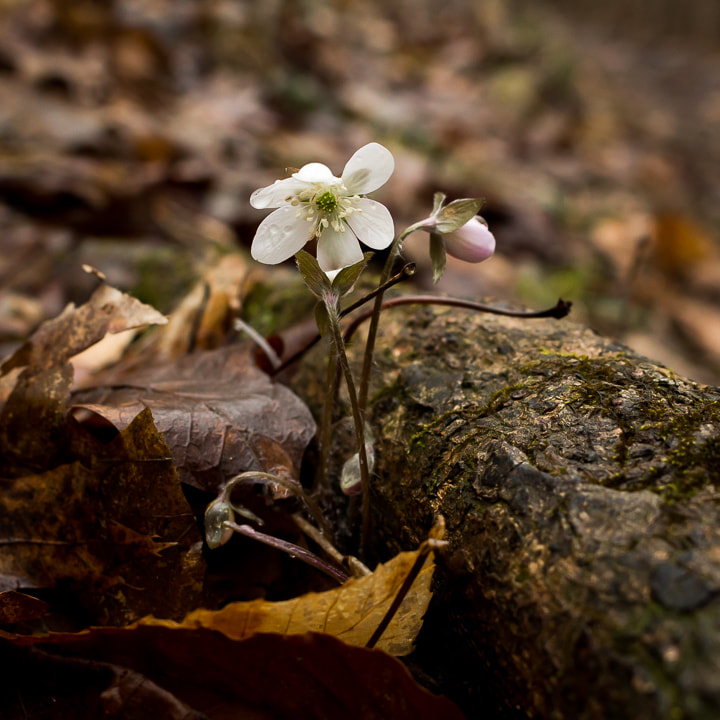
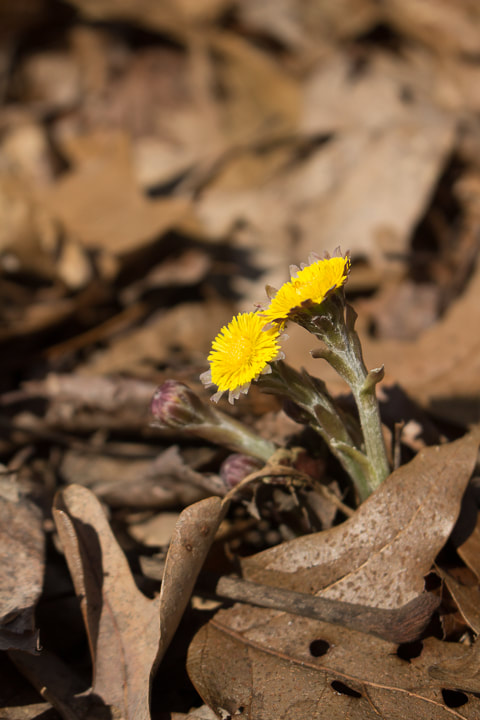
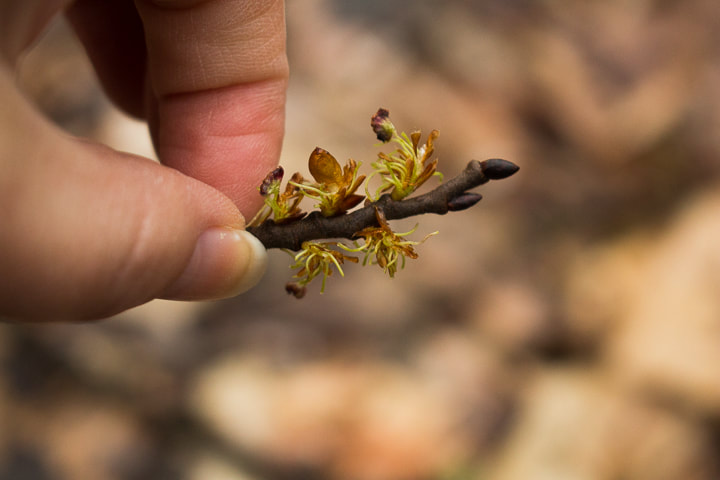

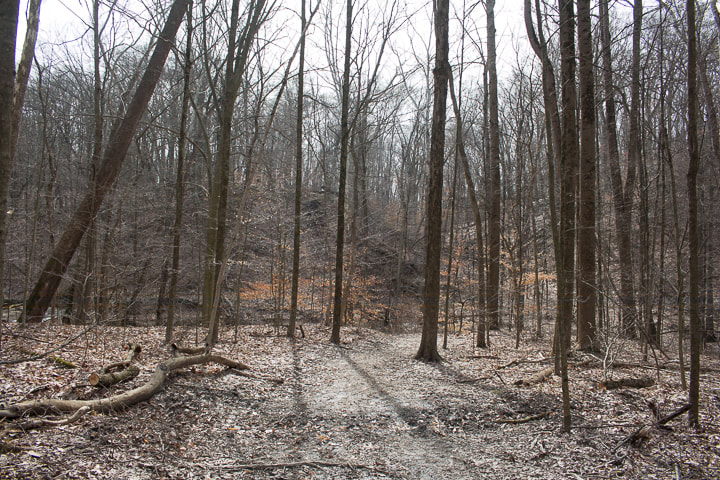

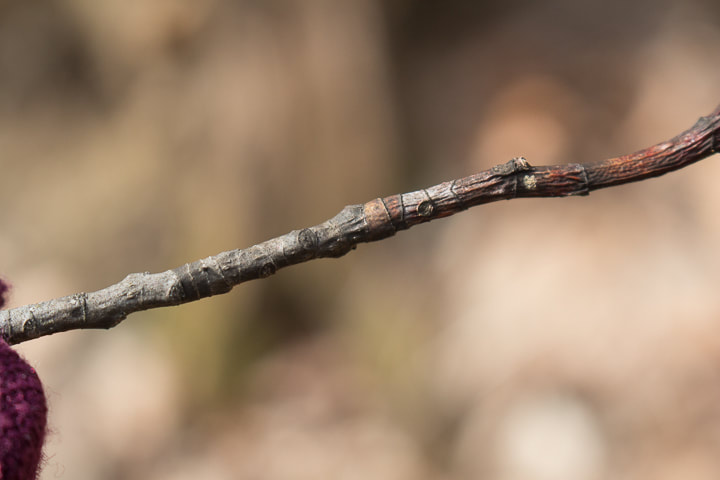

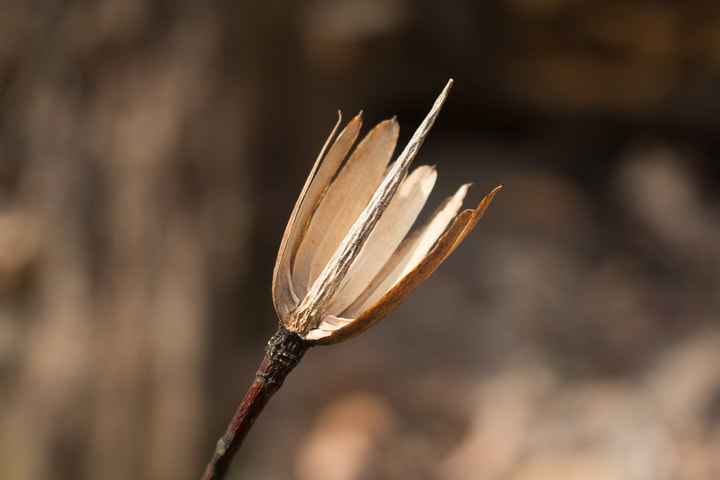
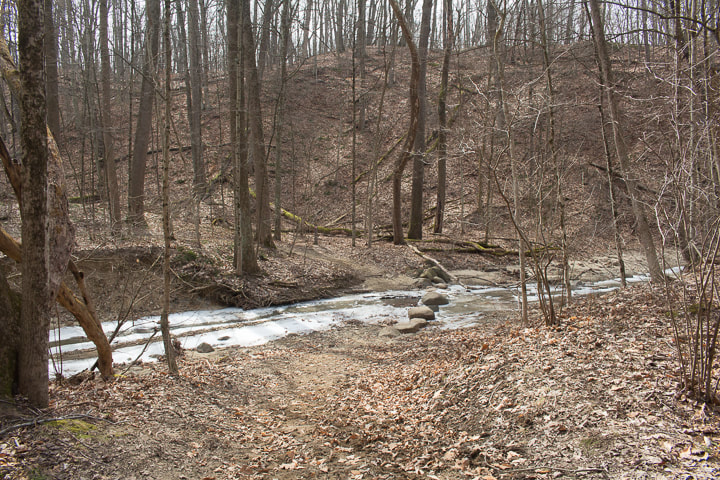
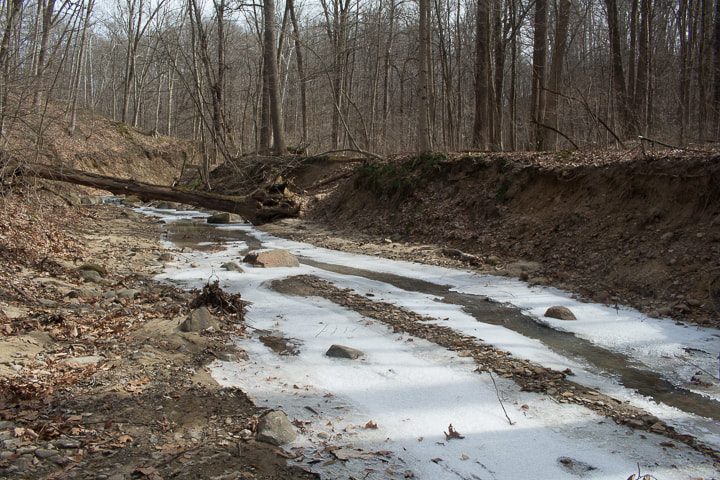
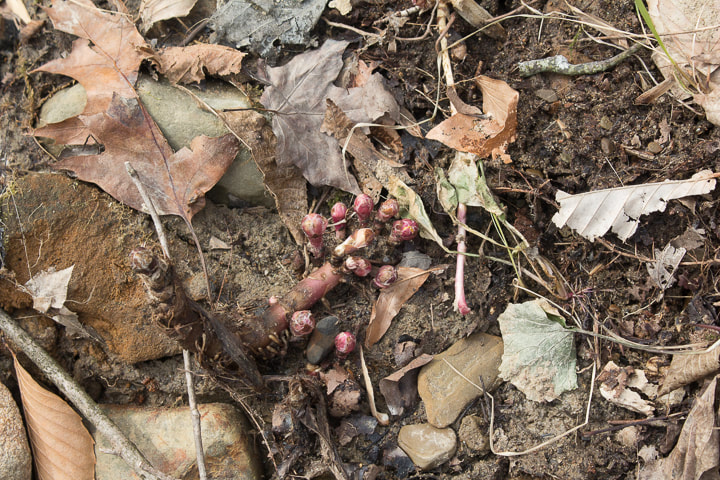


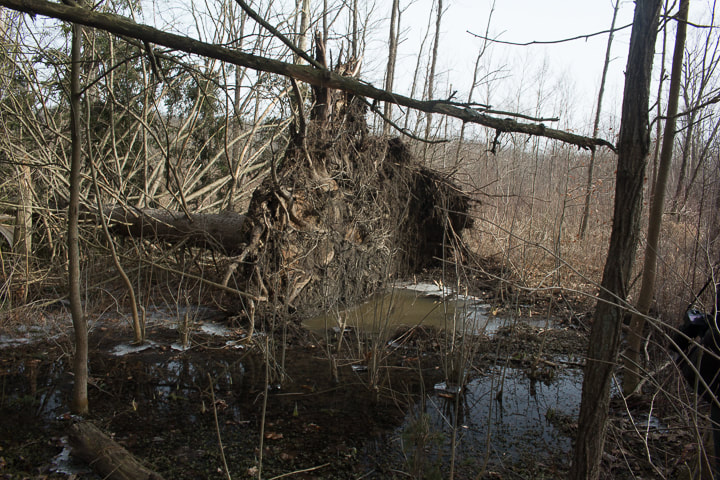

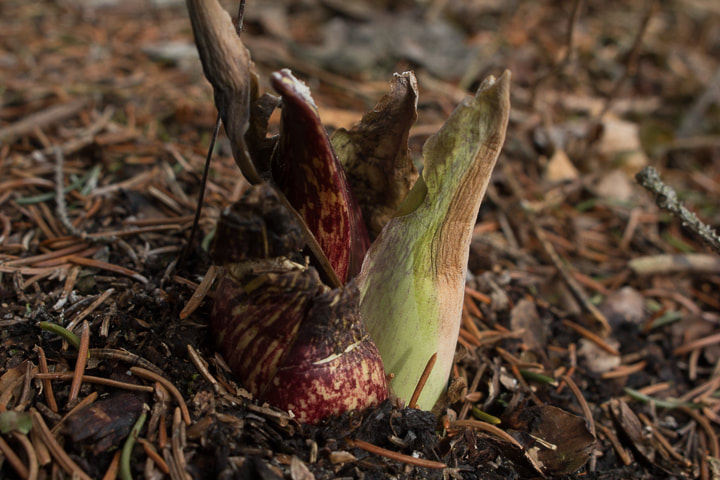
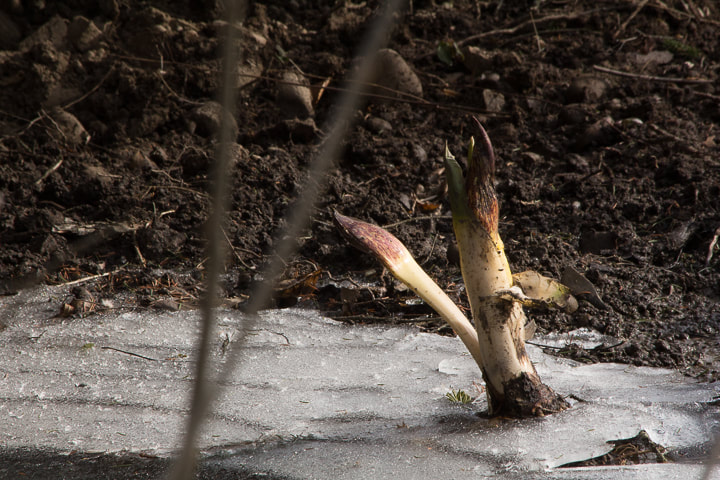
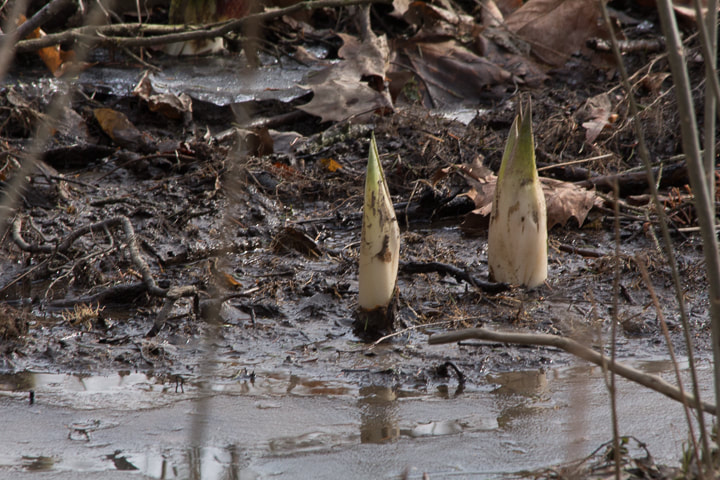




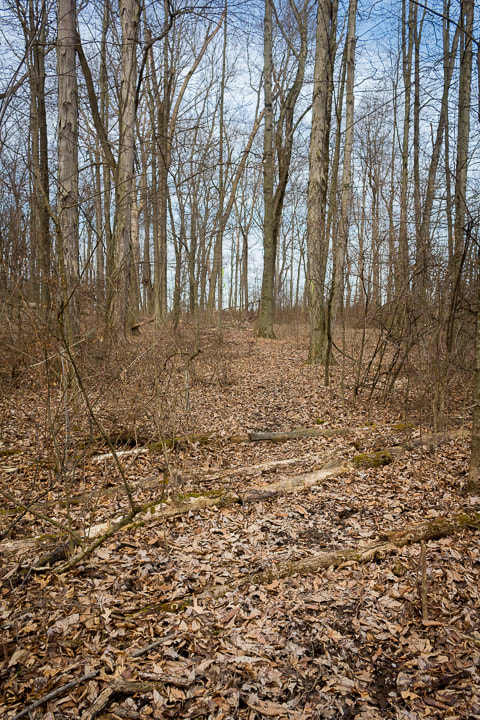
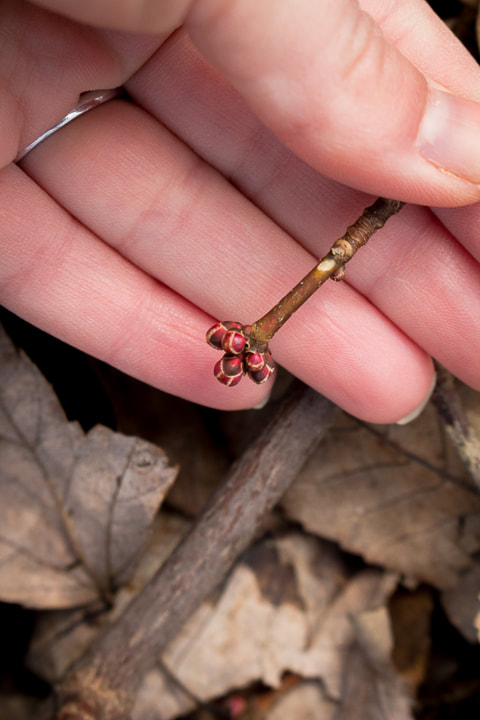

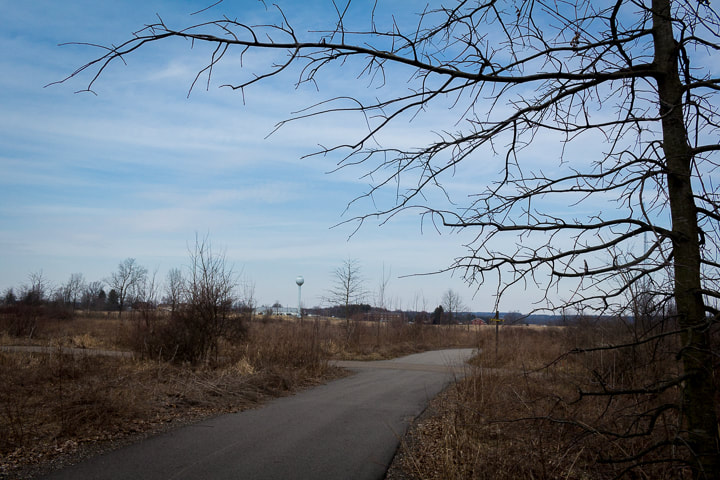


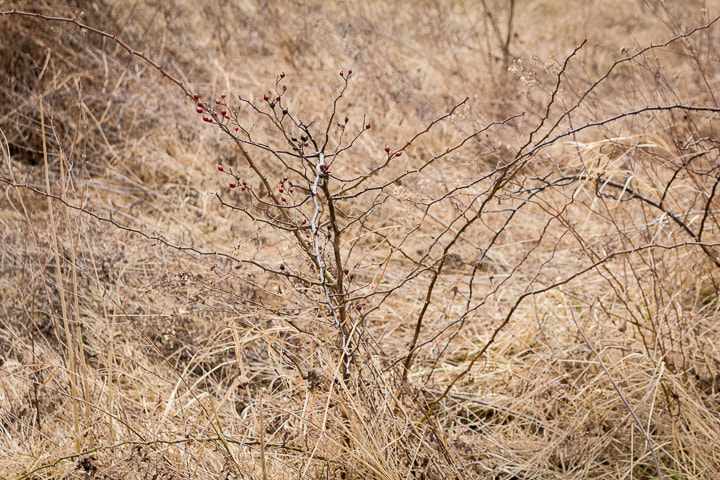

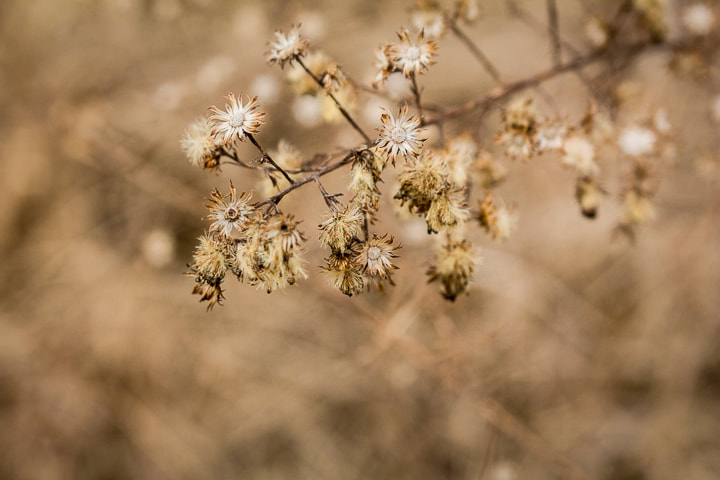
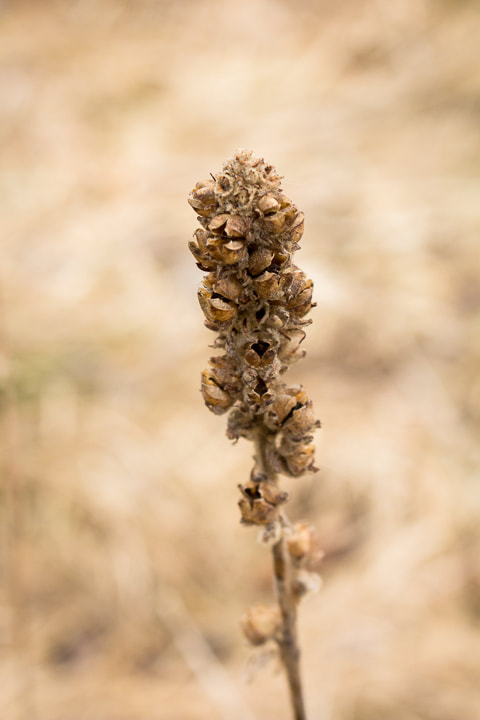


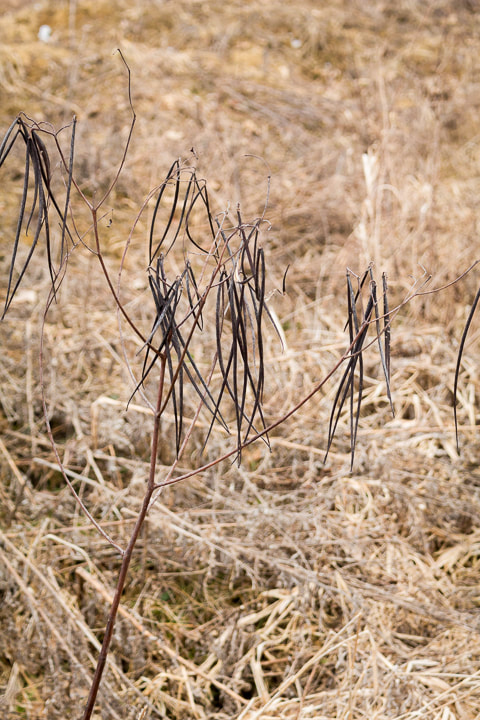
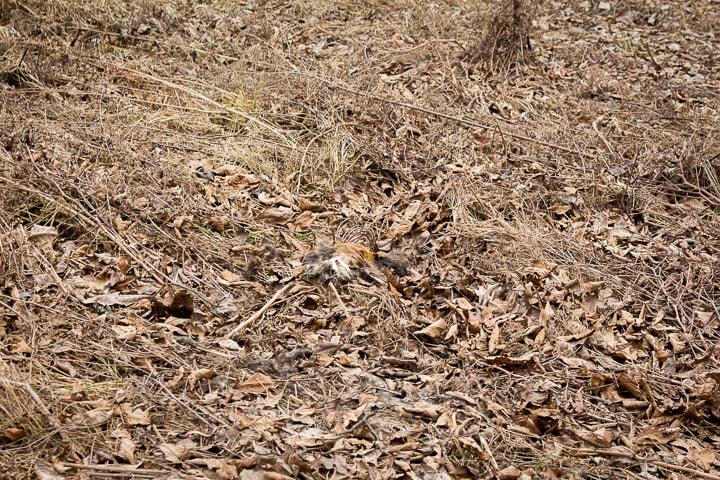
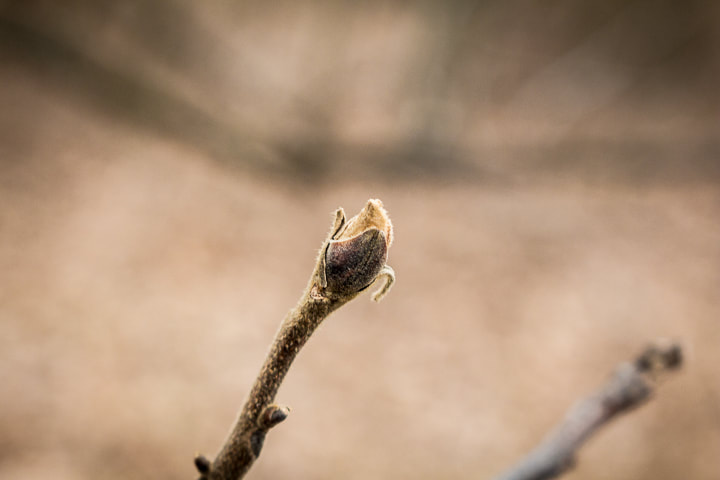
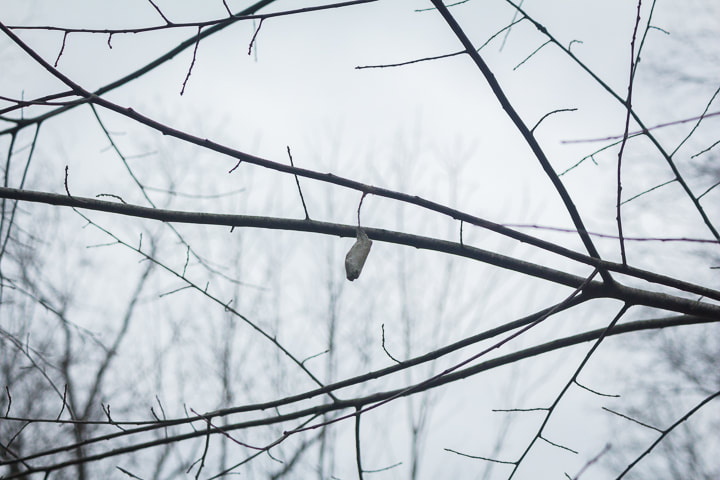
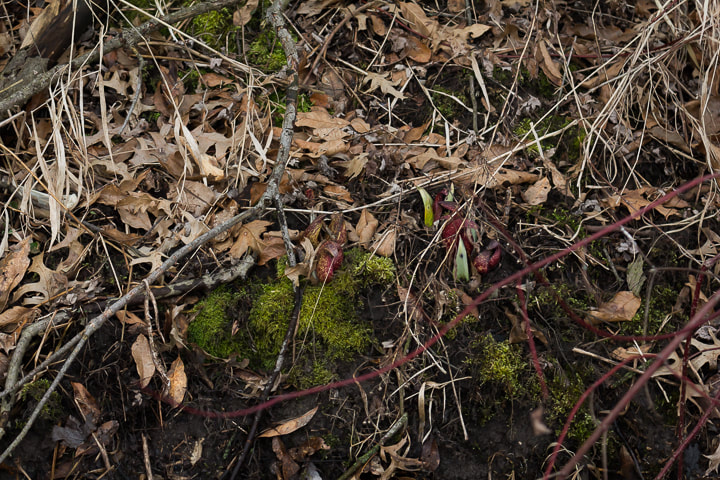

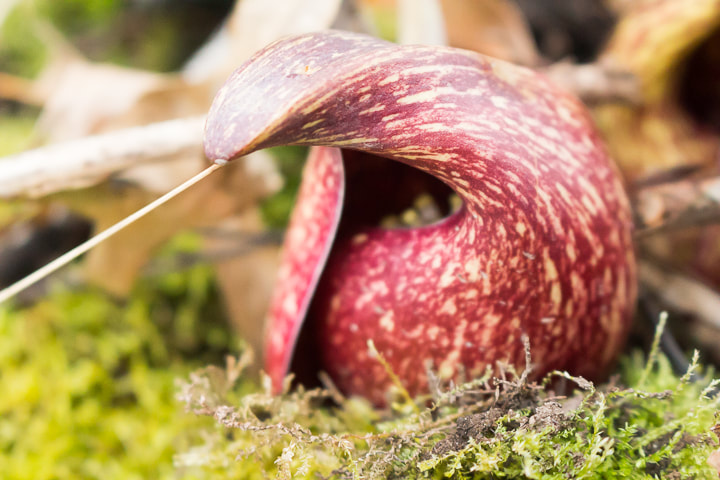

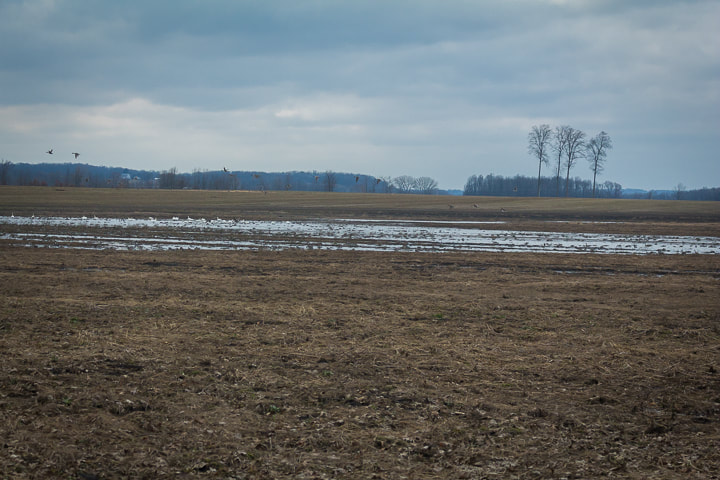
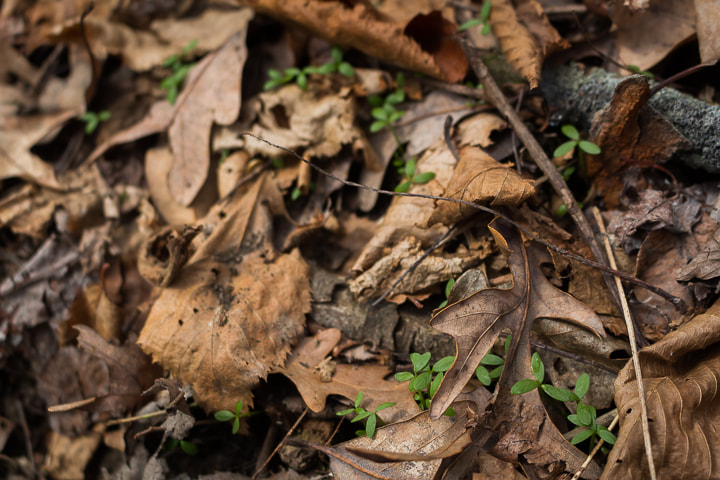
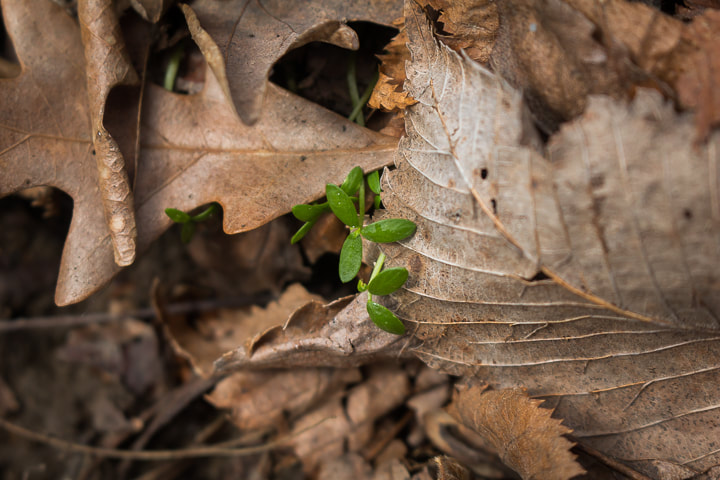



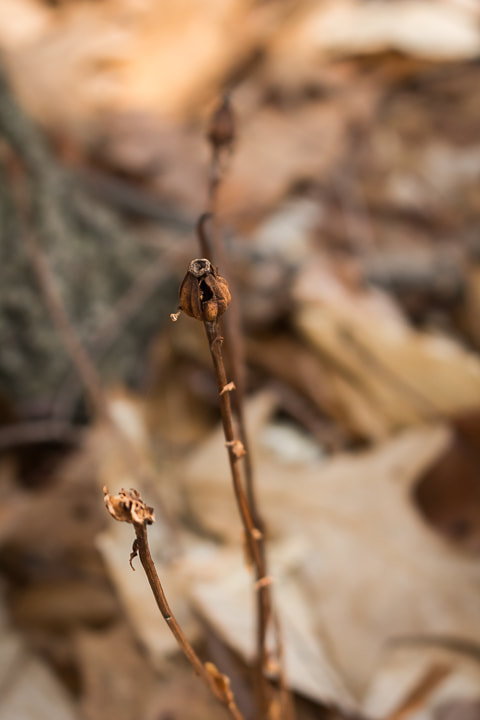









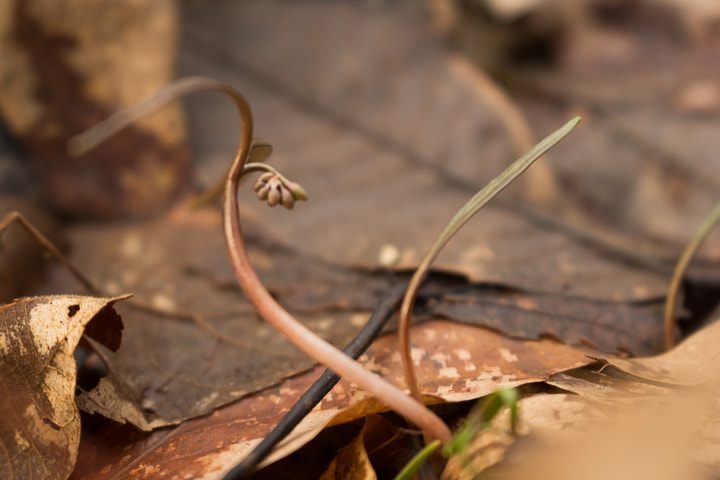



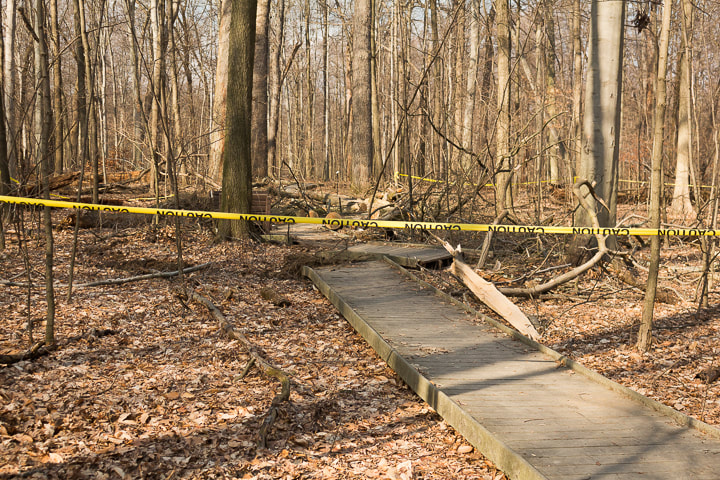
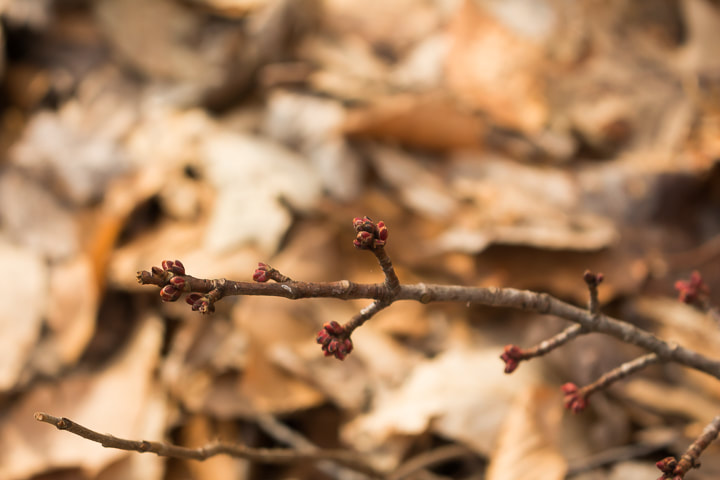
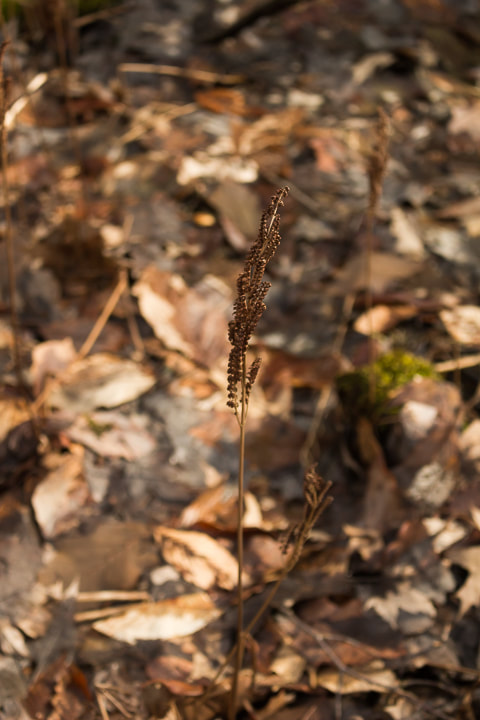
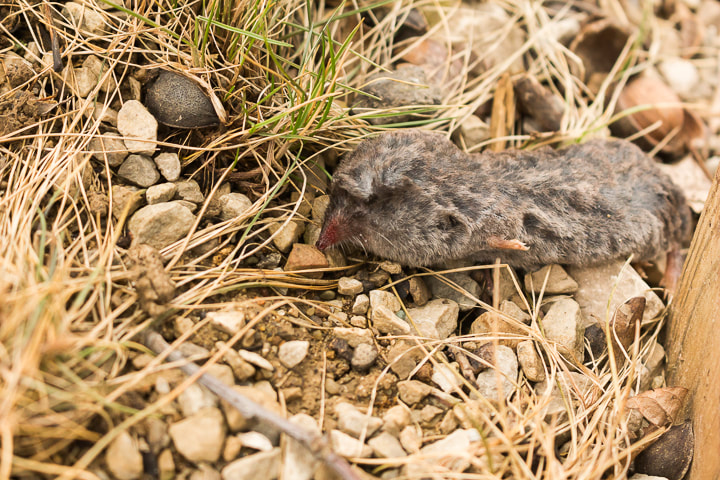
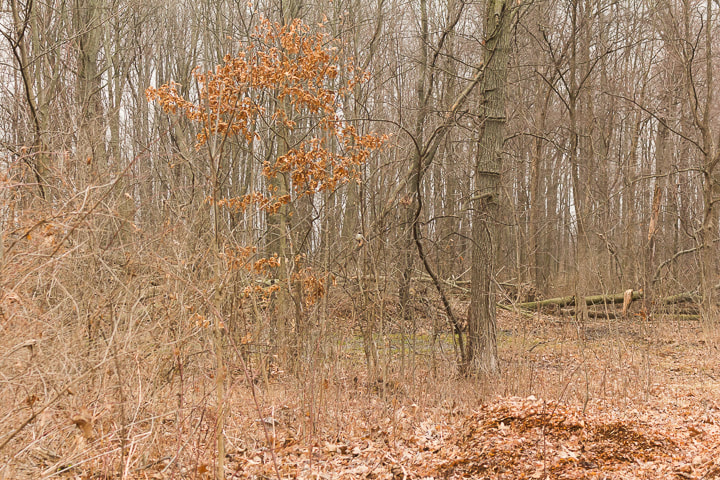
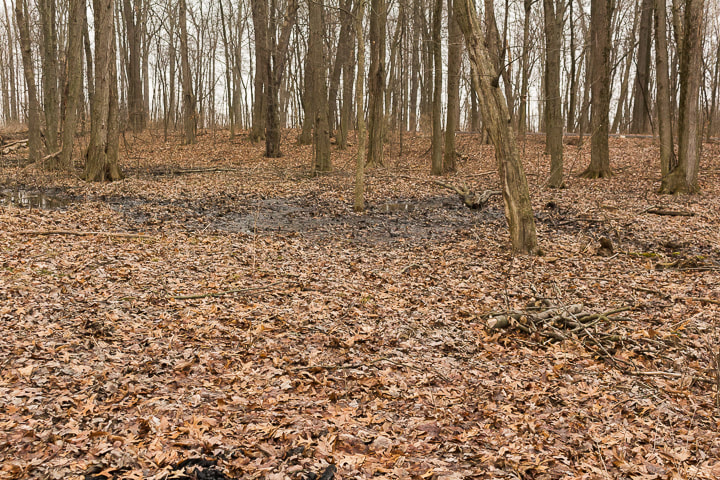
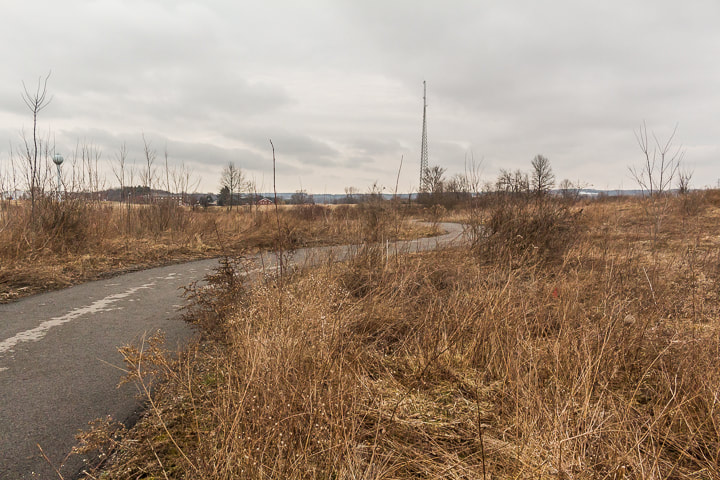
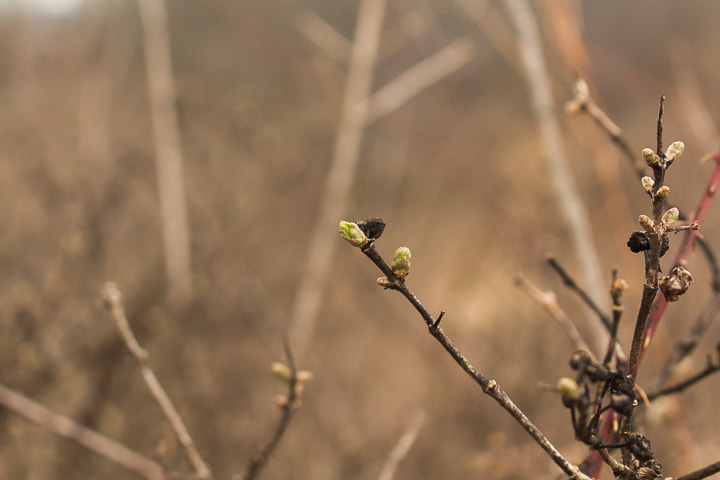
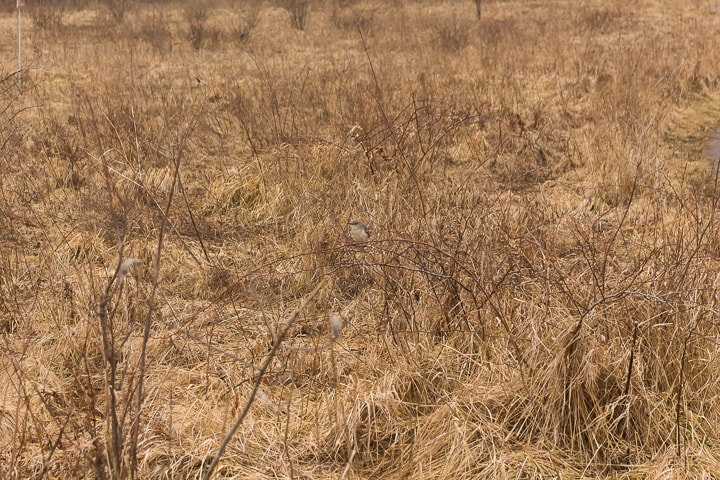
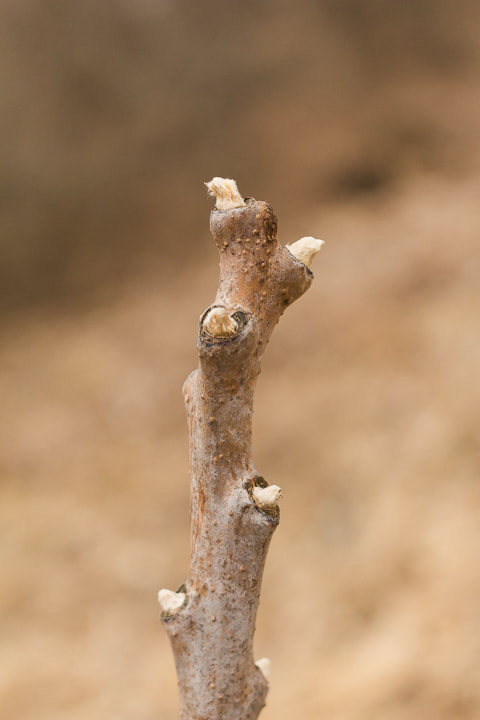


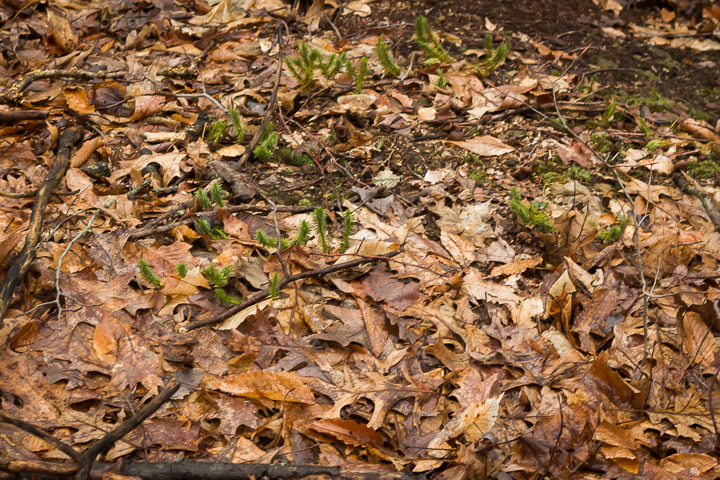
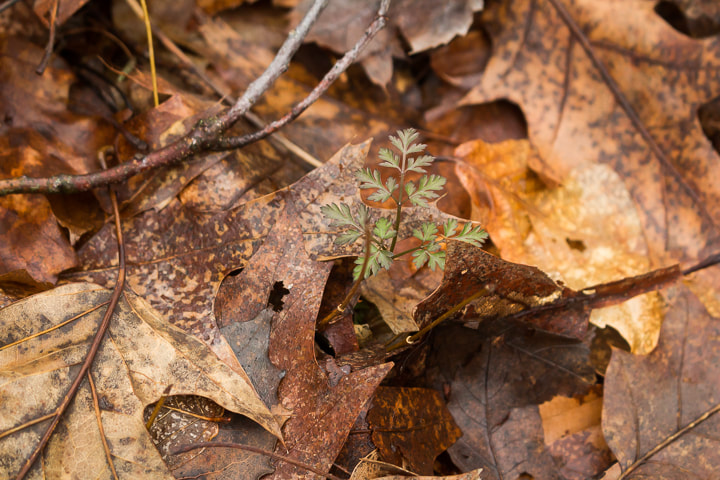
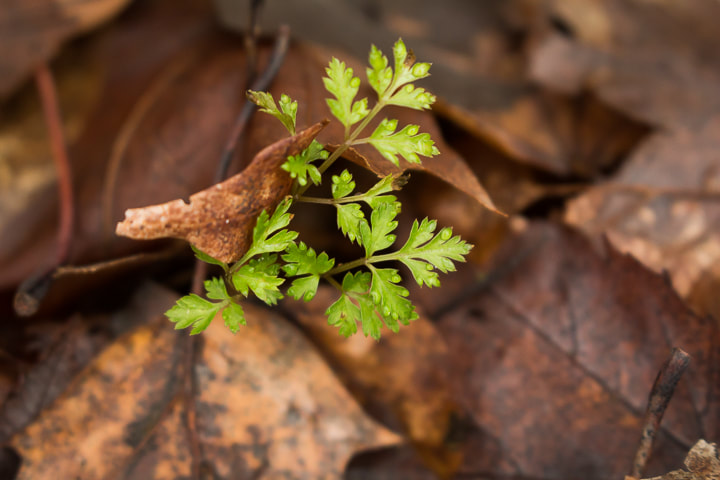


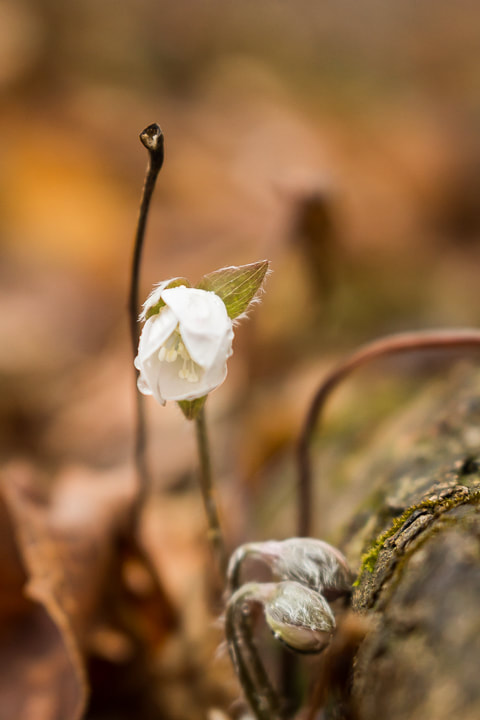
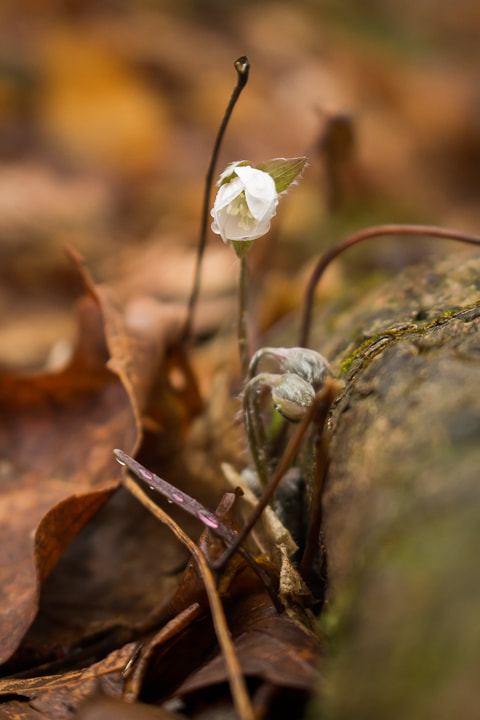
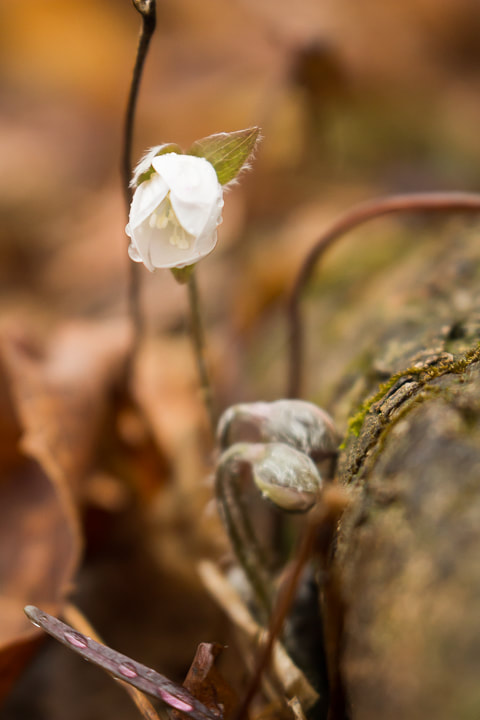
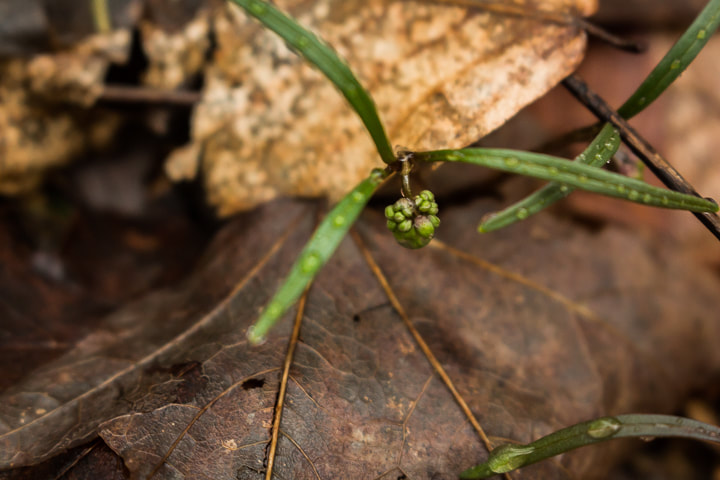
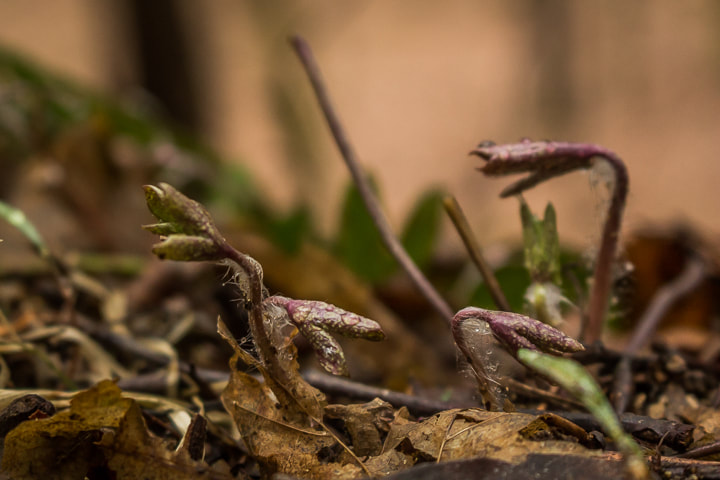
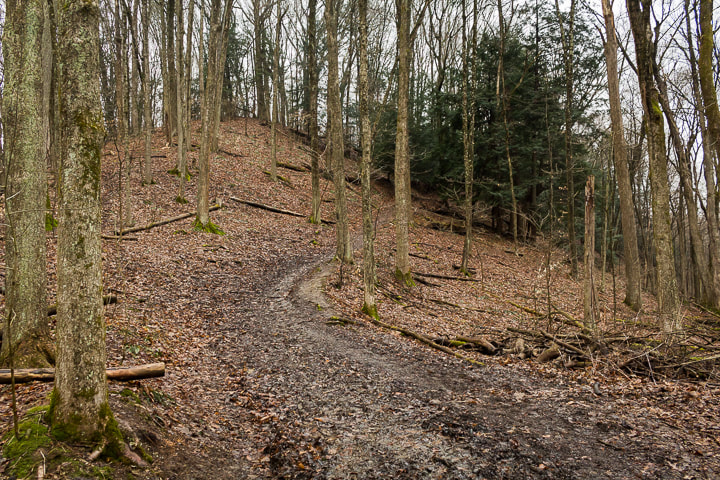

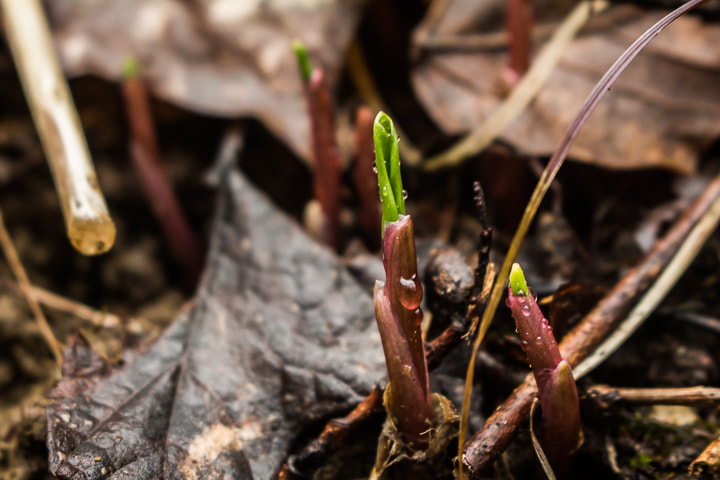
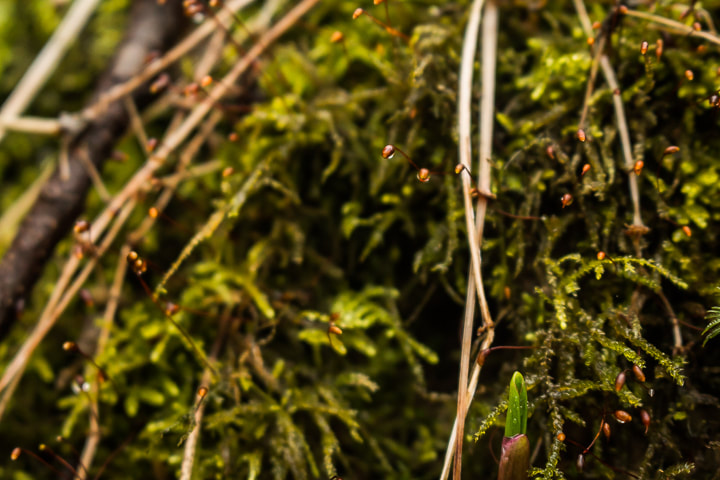




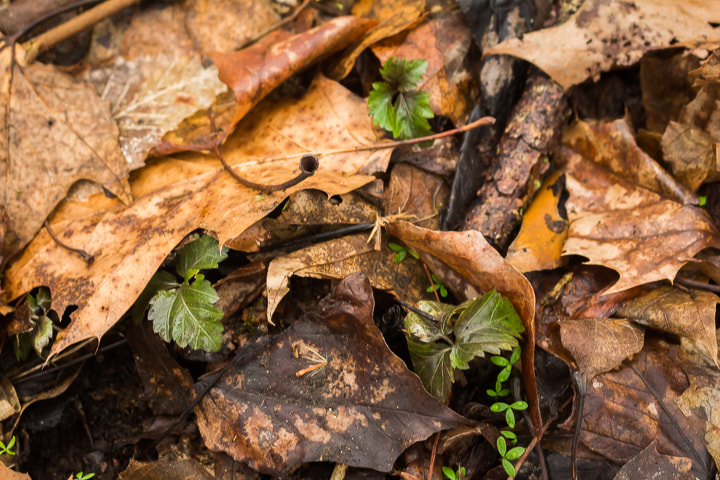
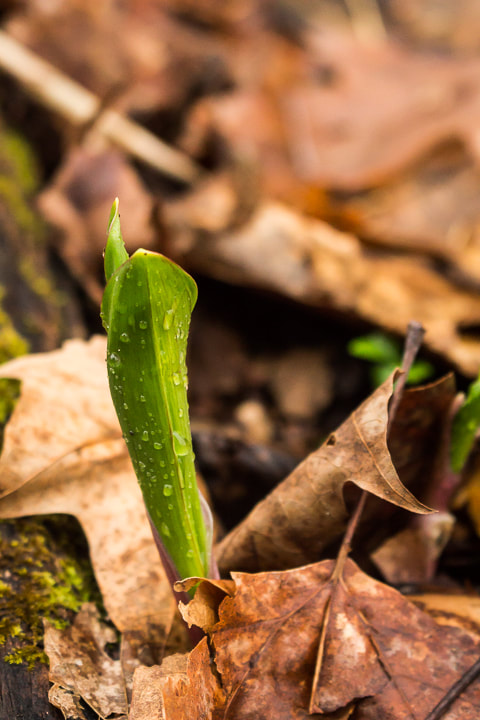



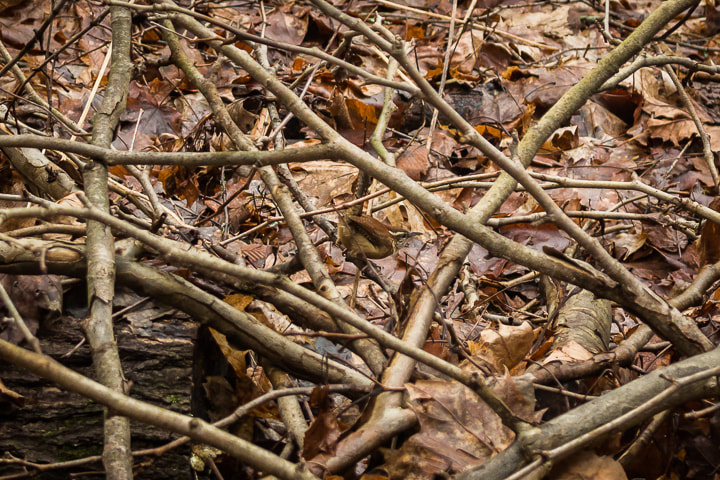
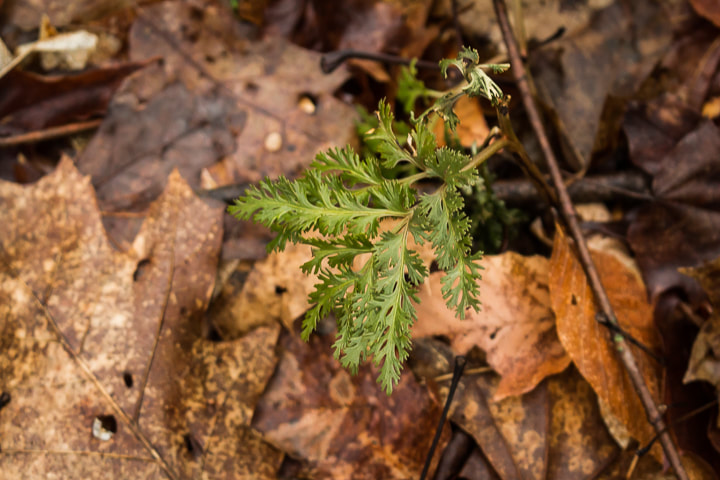







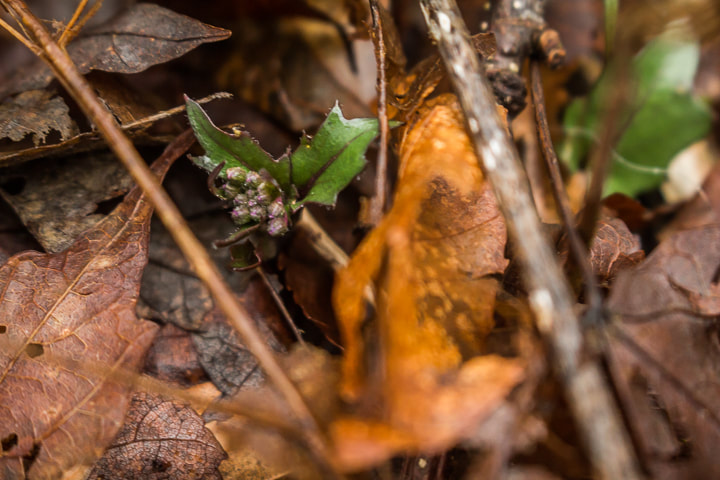

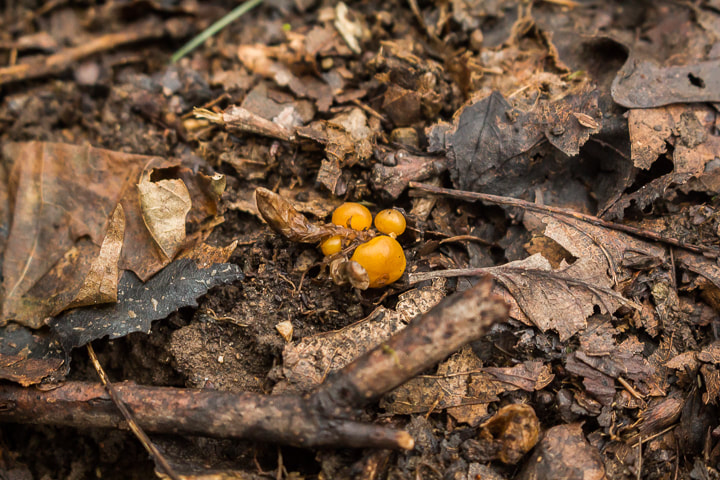
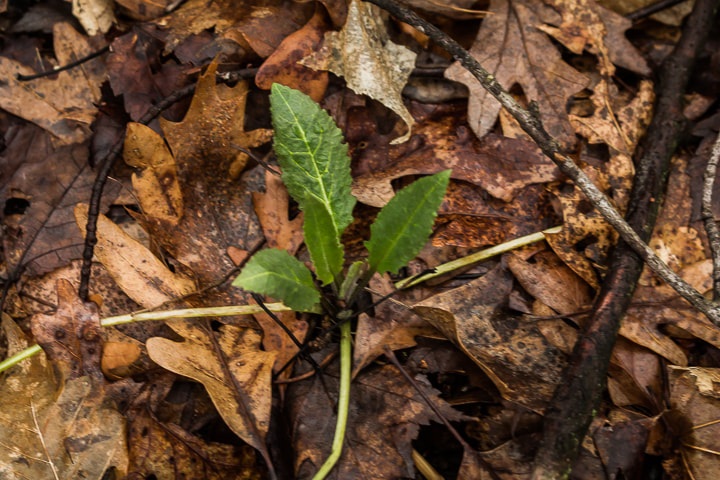
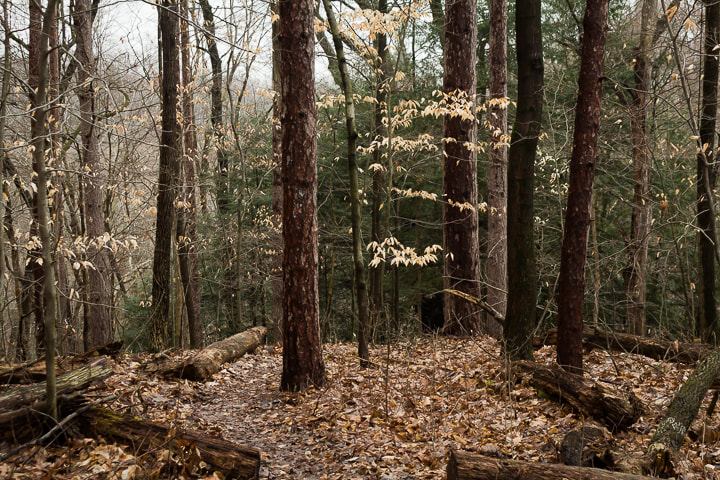

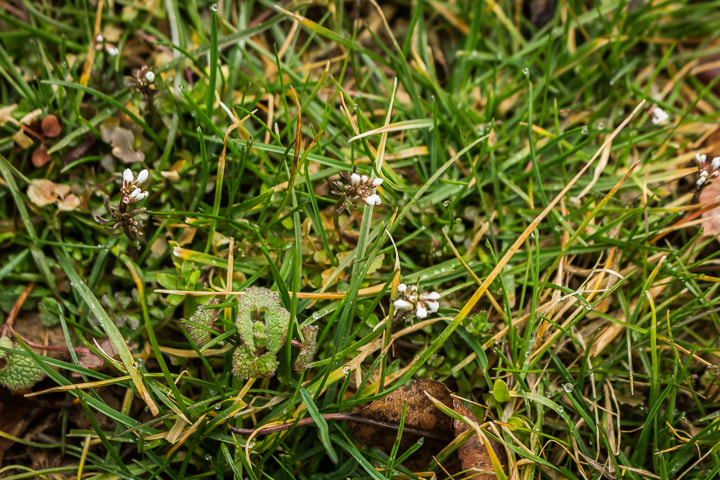
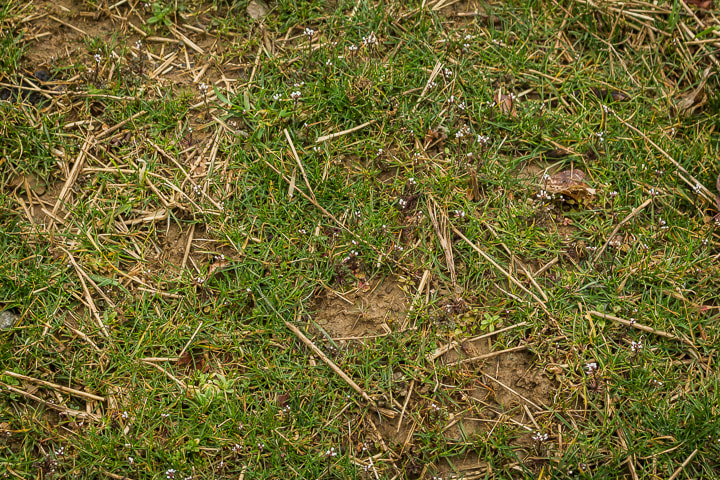
 RSS Feed
RSS Feed